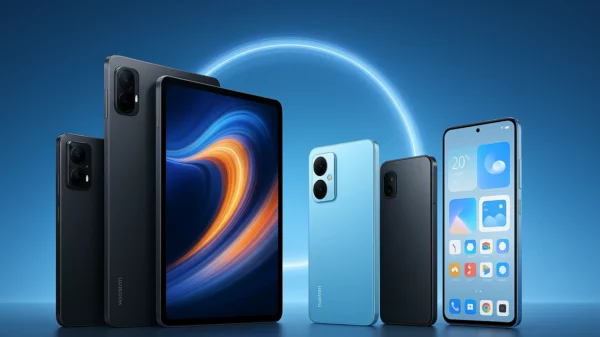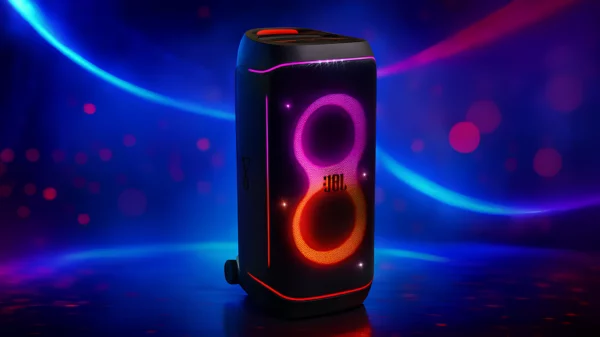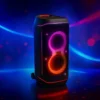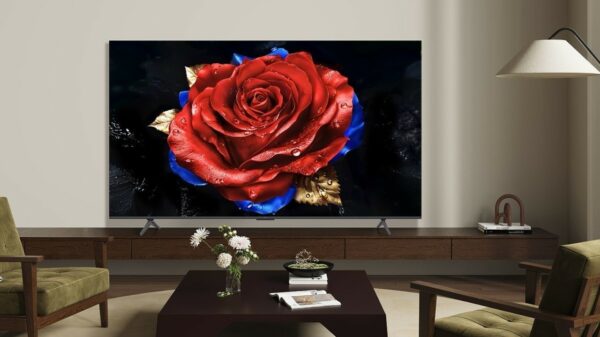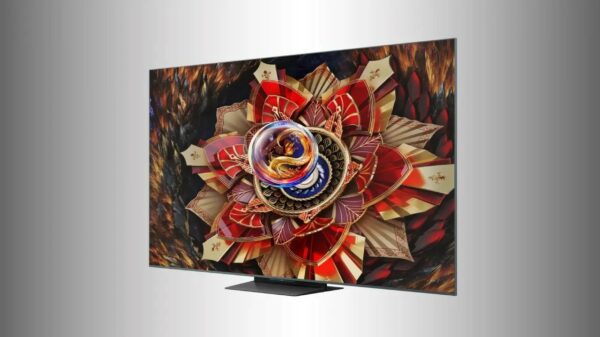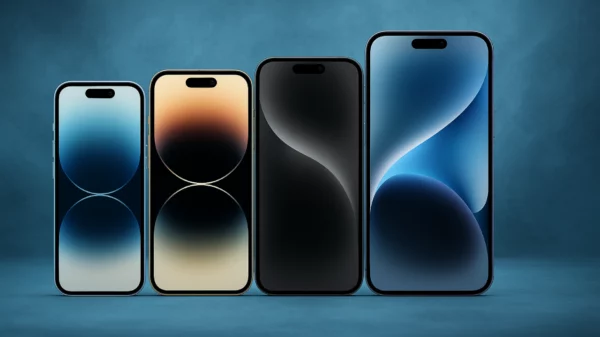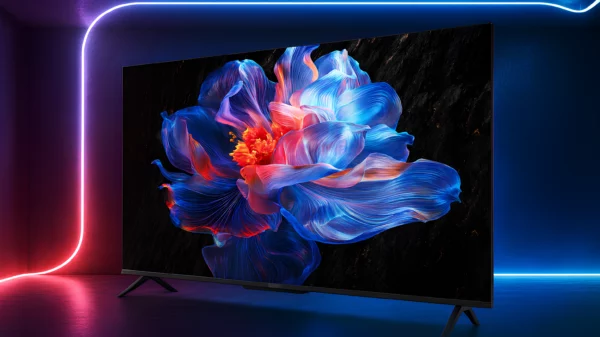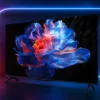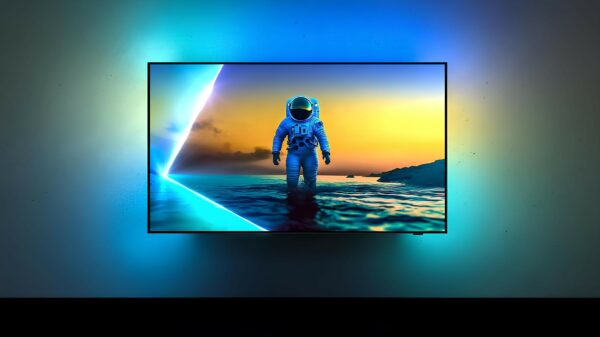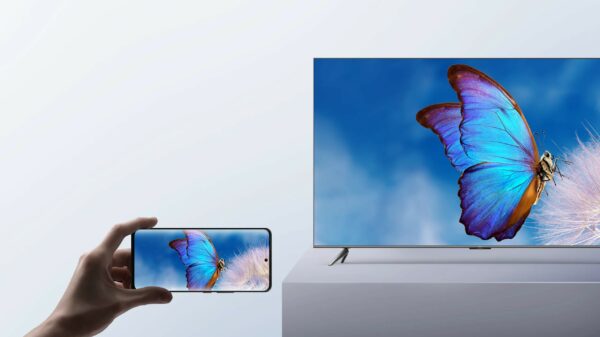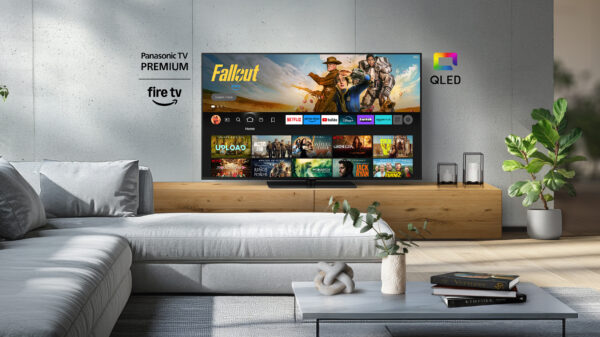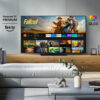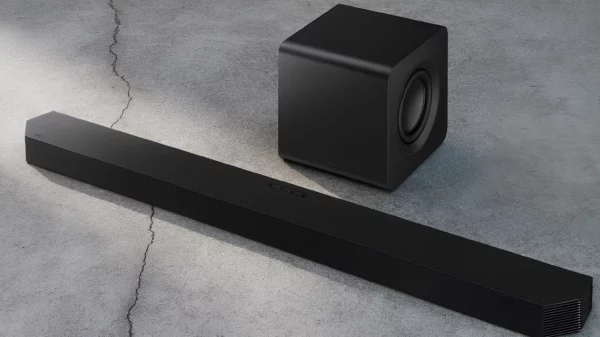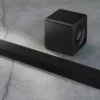The Amstrad GX4000 is an 8-bit video game console based on the Amstrad CPC 6128+ home computer, released by the British company Amstrad in 1990 for the European market. It belongs to the third generation of gaming systems. The console did not have much success, its sales and releases of games for it ceased already in 1992. Many reviews cite the Amstrad GX4000 as the largest or one of the largest failures in gaming history.
Amstrad GX4000 logo
Amstrad began producing CPC home computers back in 1984. They were very popular in Europe; from 1984 to 1990, more than 3 million copies of various modifications were sold. Since the second half of the 1980s, game consoles began to gain more and more popularity, and many companies tried themselves in this field: Nintendo with the NES in 1983, Casio with the PV-1000 in 1983, Sega with the Master System in 1985 and Mega Drive / Genesis in 1988, NEC with TurboGrafx-16 in 1987, SNK with Neo Geo AES in 1990, Commodore with Commodore 64 Games System in 1990 and many others. Therefore, when in 1990 the company released the last model of the CPC line – Amstrad CPC 6128+, it was decided to make a game console on its basis.

Amstrad GX4000 attachment
The Amstrad GX4000 was released in 1990, and included an adapter, telecable, two gamepads and a Burnin ‘Rubber car simulator game. The cost of the set-top box was £ 99 in the UK, ₣ 990 in France and about the same in other European countries. The Amstrad GX4000 was essentially a slightly modified version of the CPC 6128+ home computer, so most of the software from CPC + computers was compatible with the console, and console games could be played on the CPC 6128+ and 464+.

Amstrad 6128 Plus computer
Technically, the console turned out to be quite advanced for its time and received positive reviews in many reviews. For example, in the GX4000 color palette – 4096 colors, which is many times more than such successful gaming systems of that time as: NES – 52 colors, TurboGrafx-16 – 512 colors, Sega Mega Drive – 512 colors. And the 8-bit Zilog Z80A was by that time already tested by time on the consoles ColecoVision, Sega Master System and Game Boy and on personal computers Amstrad CPC, ZX80 and ZX81, SAM Coupé, MSX, Enterprise-64 and Enterprise-128, MicroBee and others … Like the CPC + computers, the set-top box had fairly advanced graphics and sound (AY-3-8910), hardware sprites and hardware scrolling.
Amstrad GX4000 cartridges
Two gamepads equipped with a D-pad and two buttons – 1 and 2 were used as an input device. The Amstrad GX4000 controllers were shaped like NES gamepads. Features of ports for connecting gamepads allowed, in addition to standard controllers, to connect gamepads from consoles Atari, Sega and Commodore of that time. In addition, Trojan has released a light pistol for the console used in The Enforcer and Skeet Shoot games. The information carrier for the console was rectangular game cartridges with a volume of 128 to 512 kb.
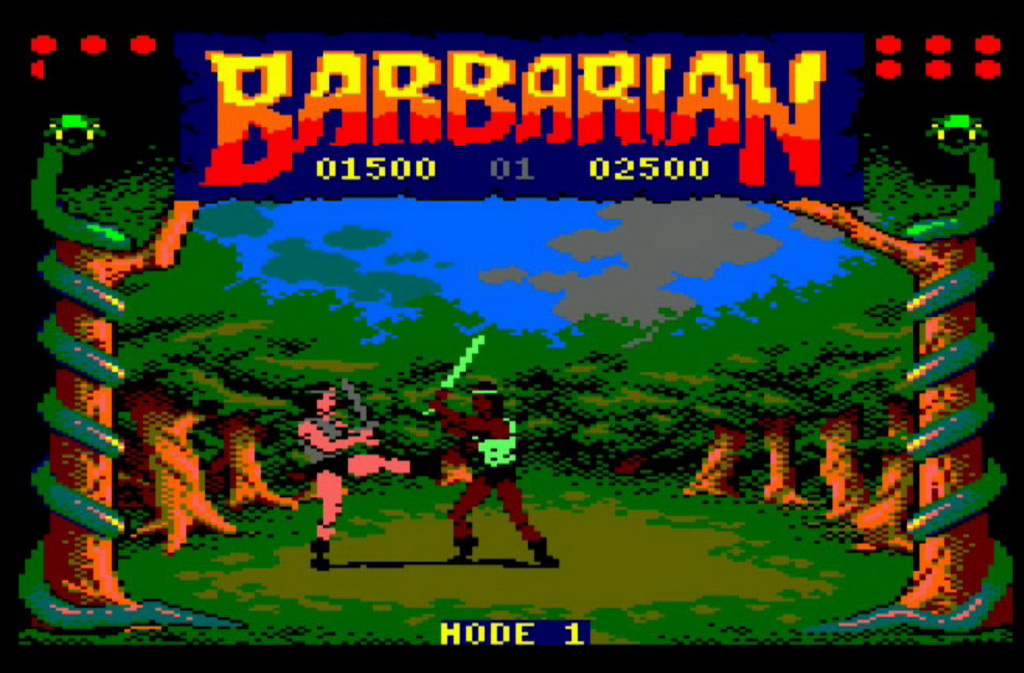
Barbarian game for Amstrad GX4000
However, despite its seemingly good characteristics and the popularity of CPC computers, the GX4000 did not achieve success. The era of more advanced 16-bit gaming systems began, in 1990, a little earlier than the Amstrad GX4000, the Sega Mega Drive appeared in Europe, and in 1992 – the SNES. Video game companies were afraid to invest in an unpromising console; in total, from 1990 to 1992, according to various estimates, 30-40 games were released for the Amstrad GX4000, which, of course, could not but affect the level of sales. The original price – £ 99, began to decline within a few months after the release of the console, and soon Amstrad stopped further production of its brainchild.
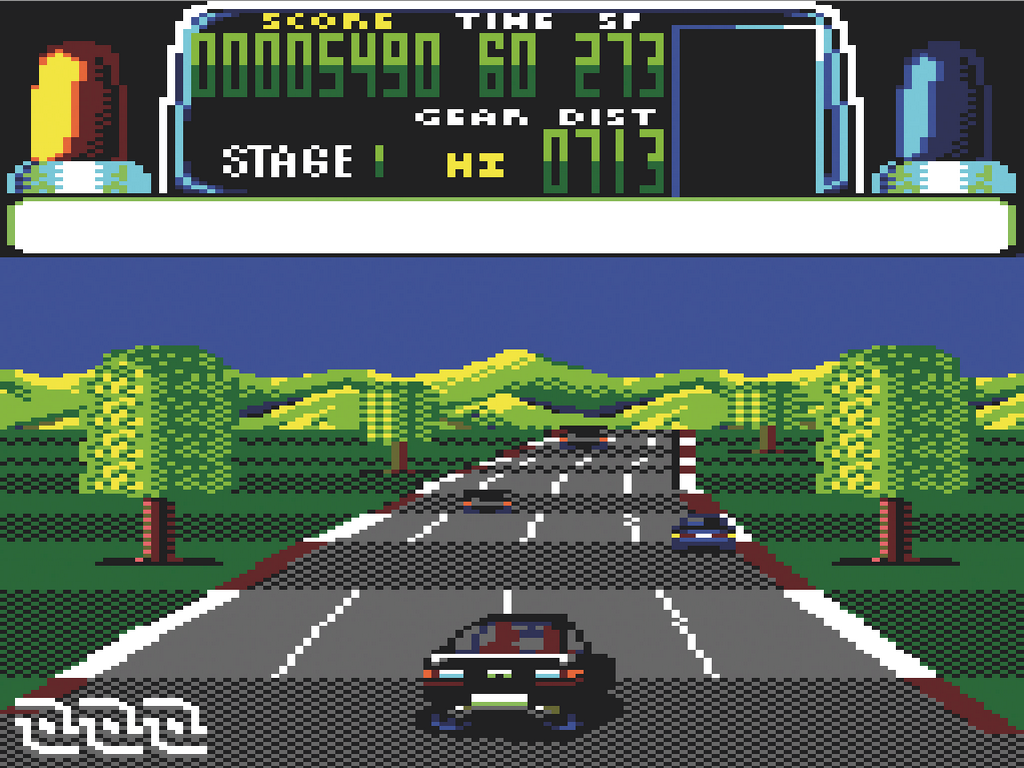
Chase-HQ game for Amstrad GX4000
During the short life of the Amstrad GX4000, less than 40 games were released to it, most of which were released in 1990 and are carried over from other gaming systems. Only a few companies released games for the GX4000, among which: Ocean (since 1998 – Infogames UK, since 2004 – Atari UK, since 2009 – Atari, Inc.), US Gold (in 1996 became part of Edios, which became part of 2009 year at Square Enix Europe), Loriciel SA and its subsidiary Futura, Titus Interactive, Domark, Ubisoft and Gremlin Interactive.

Advertising Amstrad GX4000 and 6128 Plus computer in magazine
In the future, Amstrad will still prove themselves, having received a license from Sega and released the Amstrad Mega PC (which failed due to the high price), will play an important role in the spread of satellite technology and telecoms, and will safely sink into oblivion by 1997.




